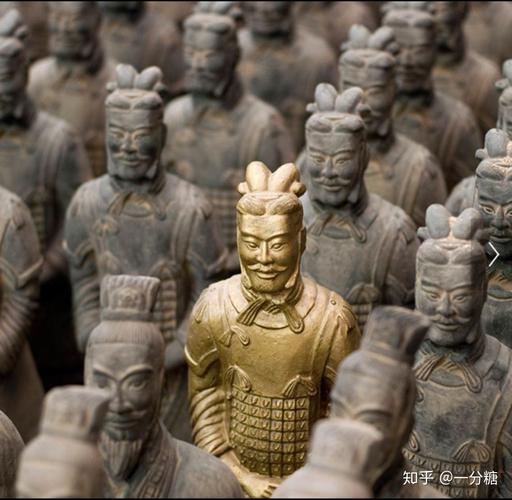
Do the Terracotta Warriors Stand Alone? But Archaeologists in China Just Found More Than 200 Others.
For decades, the world has marveled at the Terracotta Army, thousands of life-sized warriors standing guard over the tomb of China's First Emperor, Qin Shi Huang. But were these silent sentinels truly alone in their vigil?
A New Discovery Unveils More Guardians
Recent excavations at the Emperor's mausoleum complex have unearthed an astonishing discovery – more than 200 additional terracotta figures. This remarkable find, made by archaeologists from the Institute of Archaeology at the Chinese Academy of Social Sciences, significantly expands our understanding of the vast scale and intricate details of Qin Shi Huang's necropolis.
Unveiling the Ranks: A Glimpse into Ancient Chinese Military Might
The newly discovered figures aren't just foot soldiers. Among the ranks stand terracotta charioteers, expertly crafted to depict their role in commanding war chariots. This discovery provides invaluable insights into the structure and organization of the ancient Chinese military during the Qin dynasty. The presence of these specialized figures highlights the importance of chariots as a strategic element in warfare, offering a glimpse into the military tactics and technologies of the era.
The Significance of Color: More Than Meets the Eye
Adding another layer of intrigue to the discovery is the presence of vibrant pigments on some of the figures. These remnants of color offer tantalizing clues about the original appearance of the Terracotta Army, suggesting a spectacle even more breathtaking than what we see today. The use of color was not merely decorative; it likely served symbolic purposes, with different colors signifying rank, unit affiliation, or even ritual significance.
FAQs: Delving Deeper into the Discovery
Q: Where exactly were these new figures found? A: The 200+ figures were unearthed in a pit located within the mausoleum complex of Qin Shi Huang, situated near the city of Xi'an in China's Shaanxi province.
Q: What is the historical significance of this finding? A: The discovery enhances our knowledge of the organizational structure and military tactics employed by the Qin army. It also sheds light on the artistic and technological capabilities of the Qin dynasty.
Q: What happens to the figures now? A: The unearthed figures will undergo meticulous cleaning and preservation. Research and analysis will continue, potentially revealing even more secrets about the Terracotta Army and the reign of Qin Shi Huang.